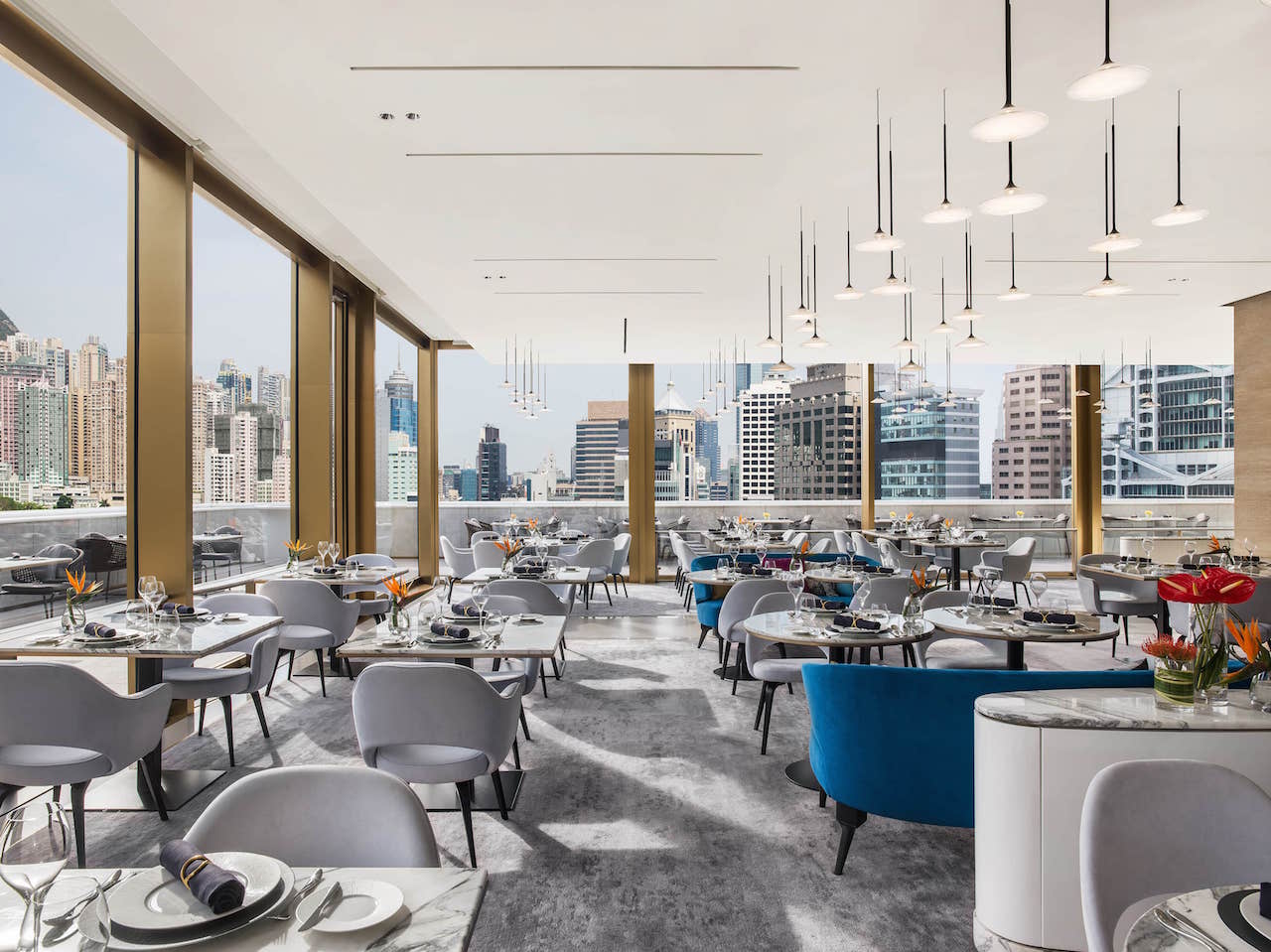How To Reach, Work With Millennials (Generation Y) And Generation Z
Millennials (Millennial Generation, Generation Y) is the phrase used to generally describe a person who reached adulthood in the early 21st century and covers the generation of people born between 1980 and 2000. Generation Z currently aged 13 to 22, have billions in spending power – and that doesn’t include the influence they have on what their parents buy. Some defining qualities: They have a short attention span; they’re the most likely generation to volunteer and they’re the most likely to protest a cause they believe in.
Gen Y and Gen Z consumers, all of whom work in restaurants, sat on a panel at recent Restaurant Innovation Summit to offer some insights into how restaurants can engage with Gen Y and Gen Z. Seven takeaways:

Instagram is the platform of choice. They follow their favorite chefs, check out where their friends are eating and share their experiences on Instagram. Make sure your Instagram posts match your restaurant’s vibe, they advised. That way, “you know what you’re getting into.”
Email is out. “Nobody checks their email,” said one 19-year-old panelist. “Text. We’re already on our phones.”
Loyalty games are good. These panelists liked the gaming aspect of loyalty punch cards, including knowing when they are going to get their next loyalty reward. But they want the cards to be fun and the rewards easy to collect.
They care about sustainability. “I’m into ocean-friendly right now,” one panelist said. From another: “You’re going to get more Gen Ys & Zs if you have eco-friendly packaging.” They advise asking customers if they want straws or utensils before giving these automatically.
Employer ideals are important. When asked why they took their jobs, they cited manager role models, wanting to work for the best, looking for a challenge, giving back to the community, and what their friends think of the restaurant.
They’re interested in on-site dining. Takeout is important but the experience can be mixed, they said. “I’ve had good and bad experiences with takeout,” noted one. “The food can be tepid or cold. It’s a more enjoyable experience to eat at the restaurant.”
Don’t assume they’ll read training manuals. When it comes to training, panelists advised against assuming they will read manuals. One panelist recommended that trainers demonstrate a task – then watch as the employee does the task. When trained this way, “[the employee] got it most of the time,” one panelist said. One manager said she prefers to test her staff in front of the bosses “so they take it seriously.” And don’t assume everyone likes interactive training games: “That kind of thing is targeting younger people,” one Gen Zer said.
Source: www.restaurant.org







